Beyond Mums: The Fall Flowers Your Pollinators Are Begging For
I’ve been designing and digging in gardens for a long time, and if there’s one thing I’ve learned, it’s that the gardening year doesn’t end when the pumpkins come out. So many of us think of gardening as a spring and summer thing. But honestly, the fall season holds a huge, often missed, opportunity to do something amazing.
In this article
I’ll never forget one crisp October morning, walking through a garden I’d just helped install. The air was still, but the asters were practically humming. They were covered in bees, moving slowly in the cool air, and even a few tattered monarch butterflies. It was such a clear sign: our work isn’t done until the ground freezes. For a lot of pollinators, these last few weeks of the year are a straight-up matter of survival.
Think about it. Queen bumblebees are trying to fatten up before hibernating—they’re the only ones from their colony who will make it to next year. Migrating butterflies need fuel for their incredible journey south. And honeybees are frantically gathering the last bits of nectar to turn into their winter food supply. When our gardens go from lush in August to a bare wasteland in September, we’re creating a dangerous food desert. This guide is built on years of watching, testing, and finding what truly works.
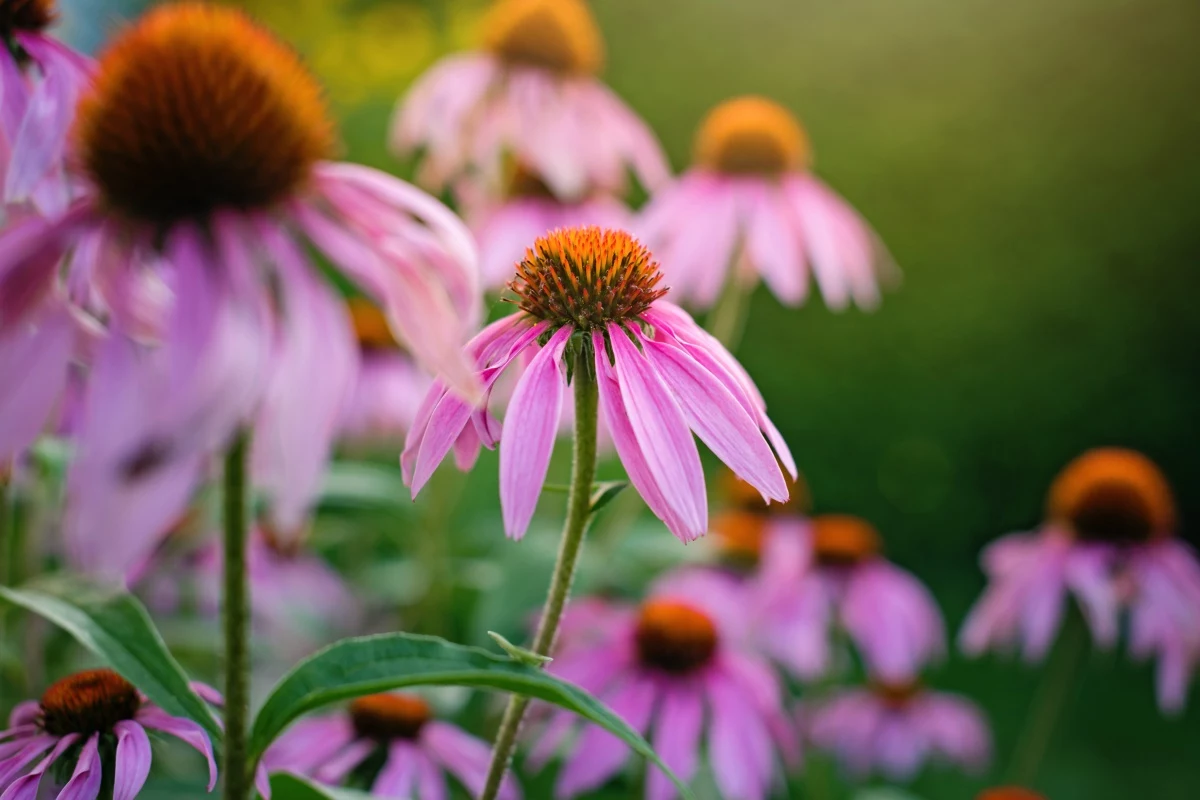
Why Certain Flowers are Fall Superstars
So what makes a plant a fall powerhouse? It’s not just about pretty colors. It’s about smart design—flower structure, nectar quality, and, of course, timing.
Pollinators have different tools for the job. A long-tongued bee, like a big fuzzy bumblebee, can get nectar from deep inside a tube-shaped flower. But a tiny native bee with a short tongue needs something more like a shallow bowl. Butterflies use their long proboscis like a drinking straw, so they love flowers they can land on easily and probe into.
Flower shapes are basically different kinds of invitations. Take composite flowers, like asters and coneflowers. They look like one big bloom, but they’re actually a dense landing pad packed with hundreds of tiny individual flowers. This is a huge energy-saver for an insect. It can land once and walk around, sipping from dozens of little nectar wells without having to fly again. Then you have the flat-topped flowers, like a good stonecrop. They act like warm, sunny landing pads, letting insects soak up some heat to warm their flight muscles while they eat. A pretty clever design, right?
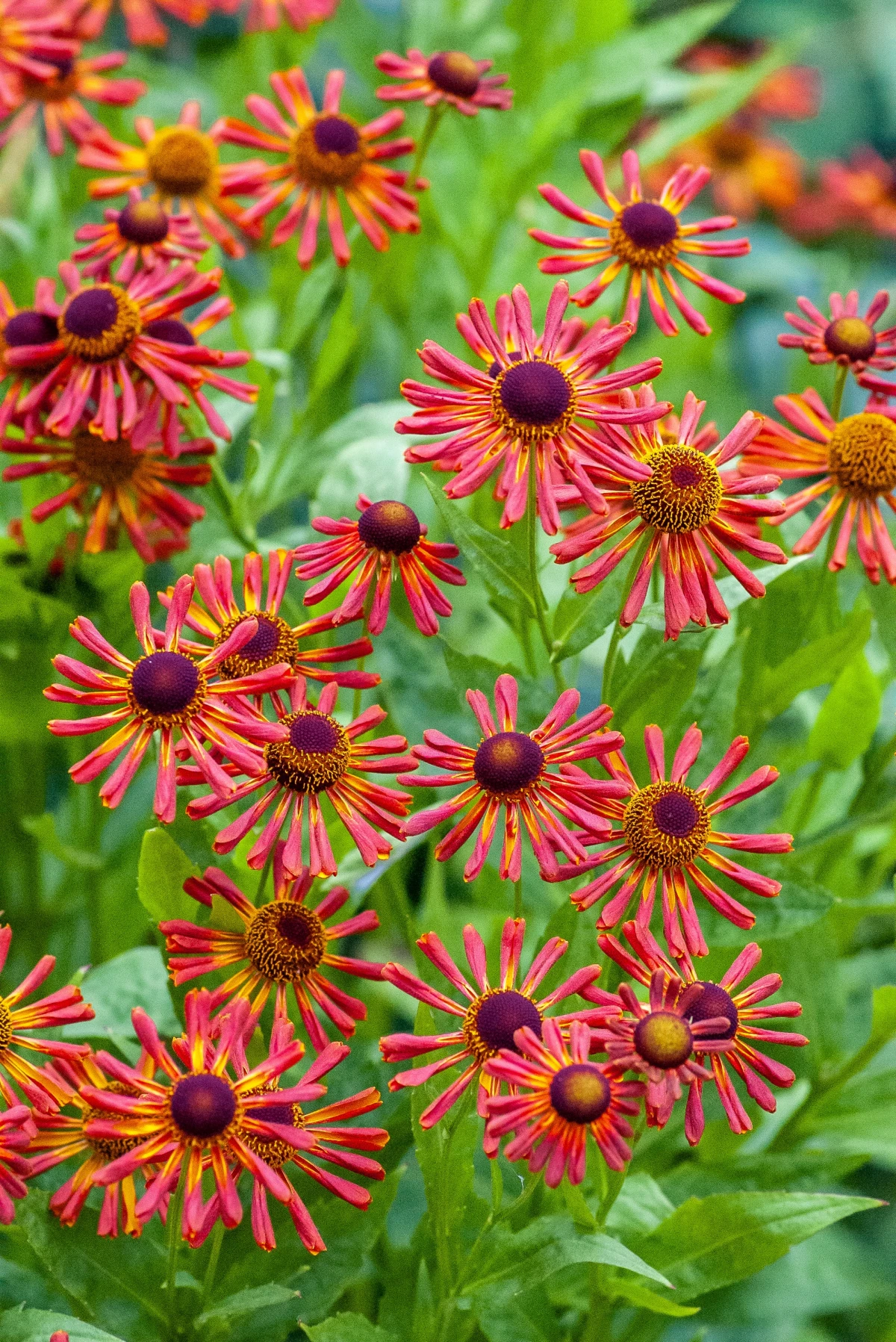
Oh yeah, and the nectar itself is different in the fall. It often has a higher sugar concentration, delivering that high-octane fuel needed for winter prep or a long migration. By planting a mix of these flower shapes, you’re basically opening an all-you-can-eat buffet for the entire pollinator community.
The Must-Have Plants for Your Fall Garden
This isn’t just a random list. These are the tried-and-true plants I count on. I’ll break down what they are, how to use them, and what to watch out for.
1. Asters (The Unquestionable Champions)
If you can only plant one thing for fall, make it native asters. They are the absolute MVPs of the late-season garden, bursting into bloom with pollen and nectar right when everything else is shutting down. You can usually pick up a healthy one-gallon plant for between $10 and $18 at a local nursery.
Pro Tip: Don’t just plant one aster. That’s like putting up a tiny sign for a huge party. To really get pollinators’ attention, plant them in drifts of three, five, or more. Space them about 18 inches apart to form a big, unmissable block of color. A common headache with taller asters is that they get lanky and flop over, especially in rich soil. Here’s a trick I learned years ago: around late spring, when the plant is about 18 inches tall, just chop the top third of the stems off. The result? Instead of a lanky, floppy plant that collapses in the first autumn rain, you get a sturdy, 4-foot shrub-like plant absolutely covered in blooms—no staking required!
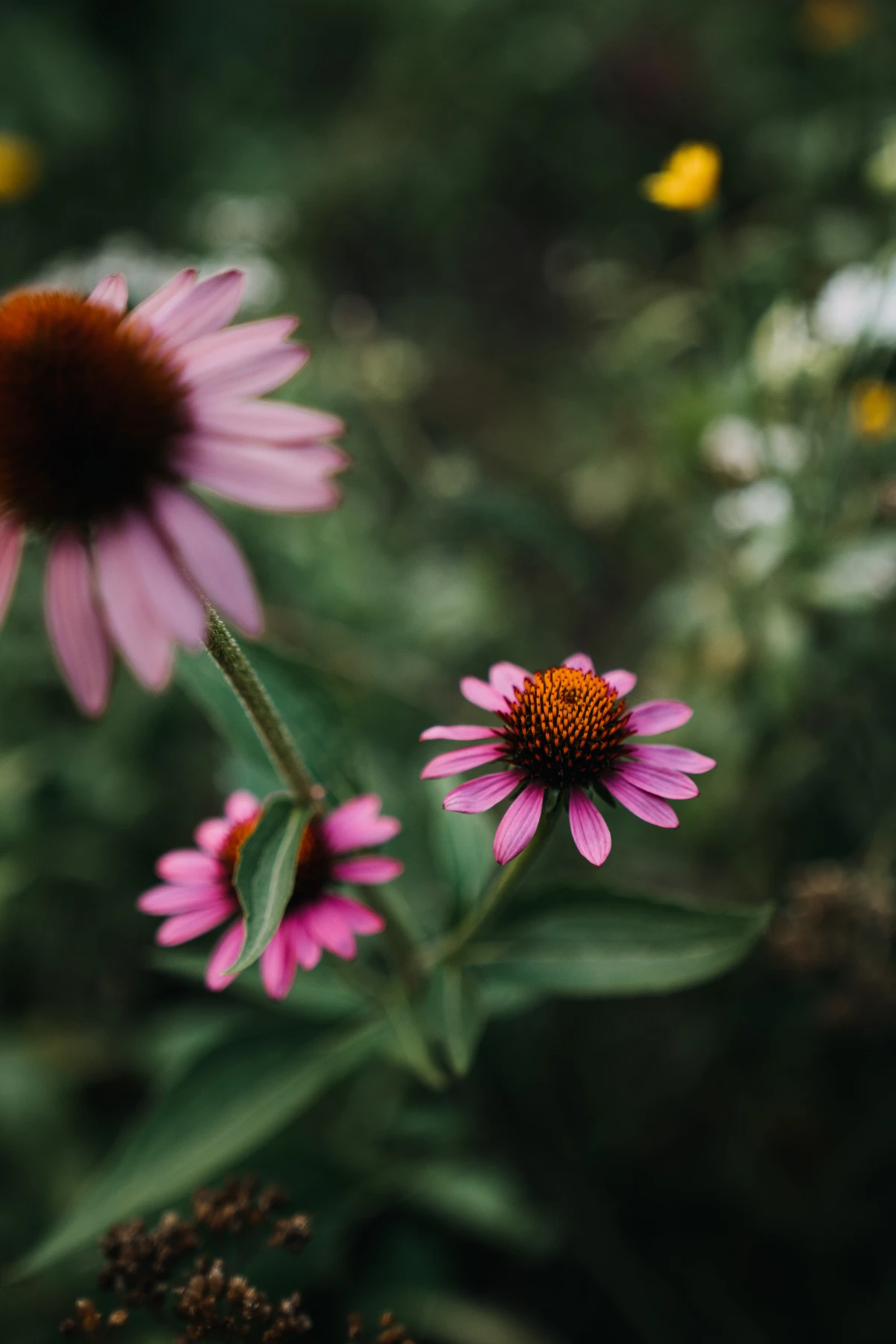
Varieties to Look For: While the classic wild purple New England Aster is great, some cultivated versions have better disease resistance. ‘Purple Dome’ is a fantastic variety that stays compact and bushy all on its own. For a different vibe, Aromatic Aster is a personal favorite. It’s super drought-tolerant and forms a perfect mound of blue-purple flowers. ‘October Skies’ is a popular and easy-to-find variety.
2. Stonecrop (The Perfect Landing Pad)
You probably know this plant as Sedum. The taller, fall-blooming stonecrops are absolute magnets for bees and hoverflies. I’ve often stood next to a patch of ‘Autumn Joy’ and counted six or seven different kinds of bees on it at once. Their big, flat flower heads are the ideal spot for insects to land and fuel up.
Pro Tip: Stonecrop is nearly indestructible, but its one weakness is wet soil in the winter. It’s a succulent, so its roots will rot if they’re sitting in cold, soggy ground. If you have heavy clay soil, work in some coarse sand or fine gravel to improve the drainage. It’s one small step that can make all the difference. Also, give it full sun. In the shade, it’ll get leggy and flop open from the middle, which is a super common complaint.
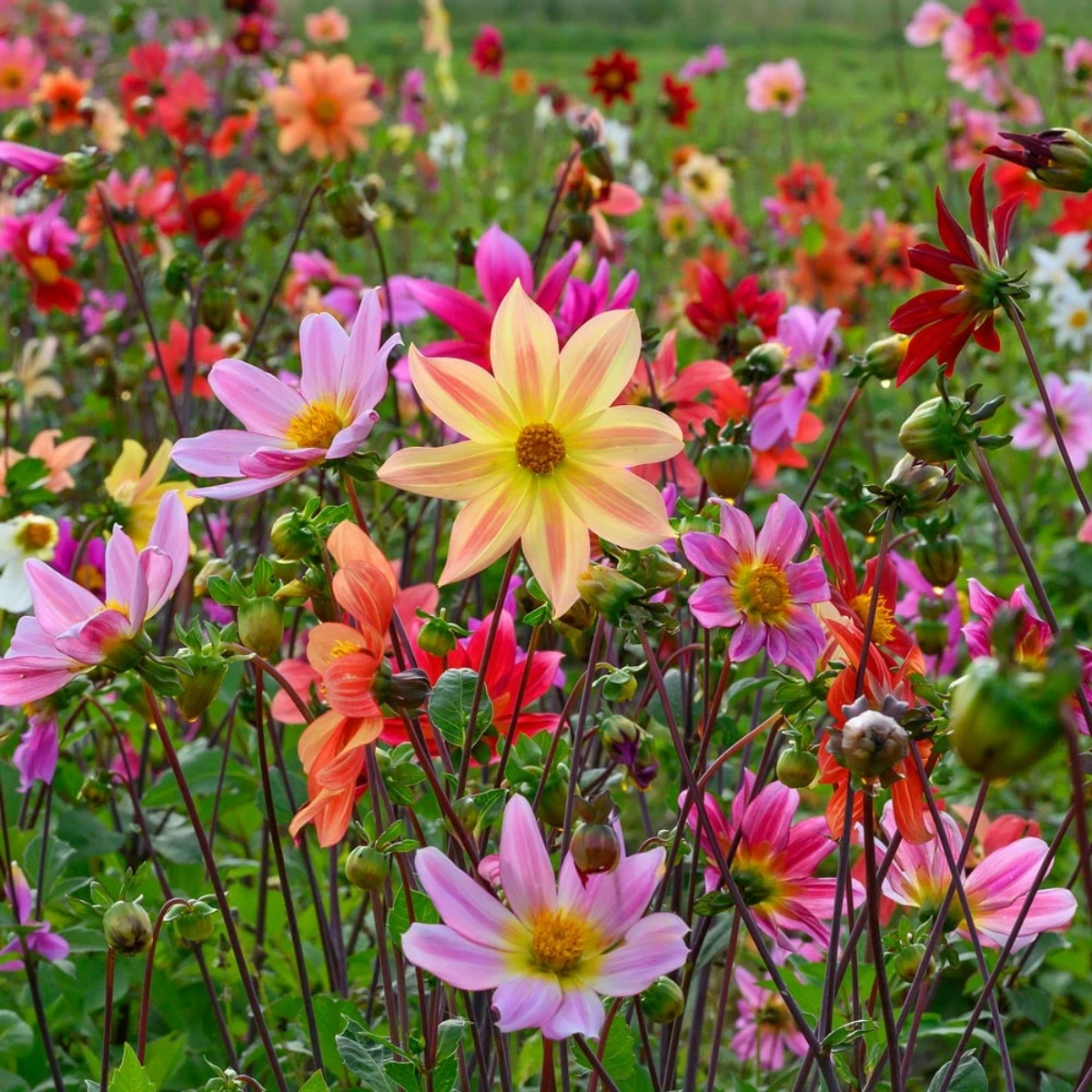
By the way, that cut-off thought from earlier about trimming? It applies here, too! If you have a mature clump of stonecrop that tends to splay open, you can give it the same kind of trim as the asters in early summer. It’s not as essential, but it definitely helps keep it sturdy.
Varieties to Look For: The classic ‘Autumn Joy’ is a garden staple for a reason—it’s unbelievably reliable. It starts pale pink and ages to a gorgeous coppery red. For something different, ‘Matrona’ has cool gray-green leaves and pink flowers, while ‘Pure Joy’ is a shorter version perfect for the front of a border. They typically run about $12-$20 per plant.
3. Goldenrod (The Misunderstood Hero)
Let’s clear this up right now: Goldenrod does NOT cause hay fever. The pollen is heavy and sticky, designed to be carried by insects, not the wind. The real culprit is ragweed, a plain-looking plant that happens to bloom at the same time. Goldenrod is one of the most important fall nectar sources, period.
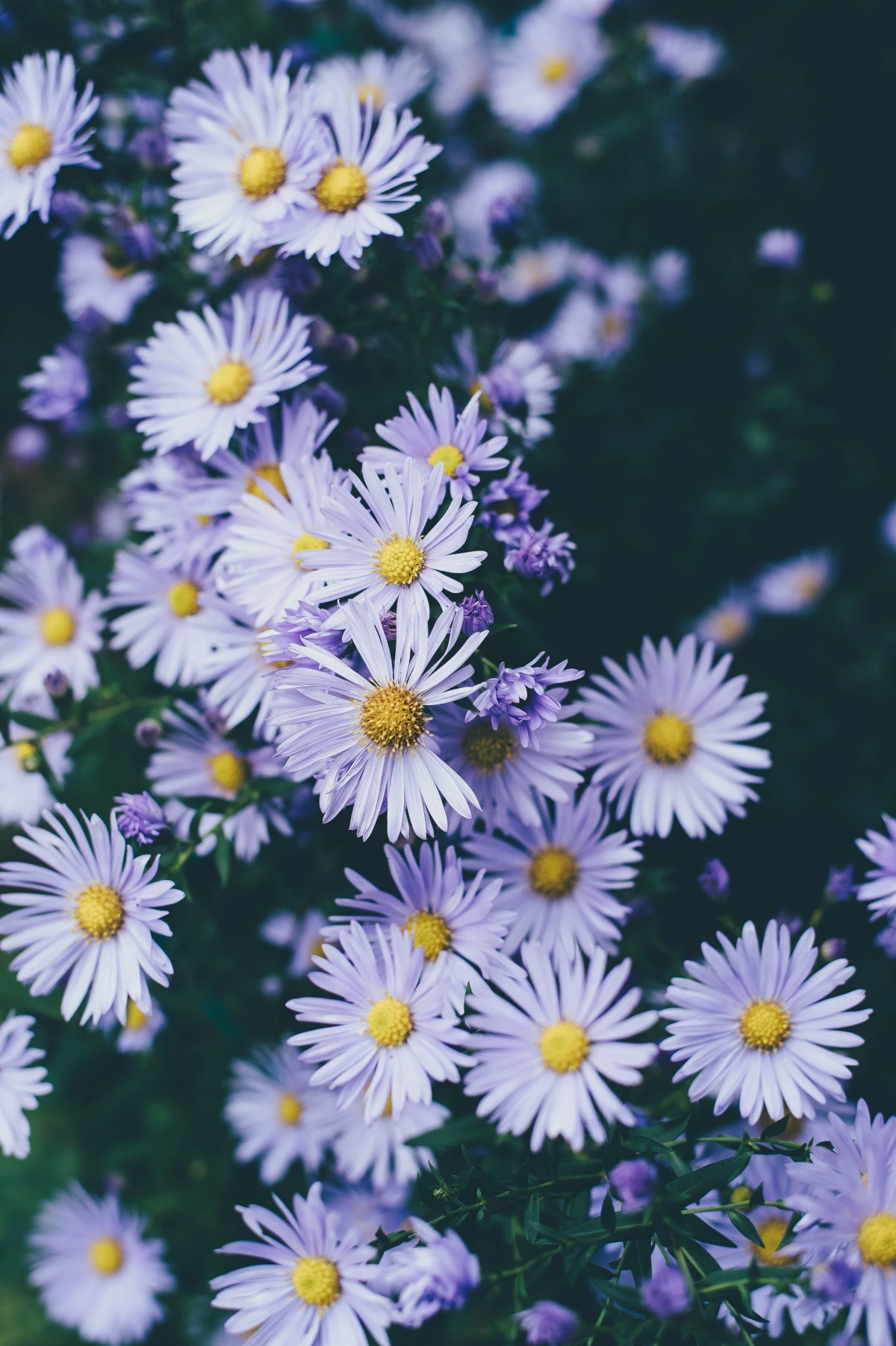
Pro Tip: Some wild goldenrods can be aggressive spreaders, but there are many well-behaved varieties perfect for gardens. Look for clump-forming types. ‘Fireworks’ is a showstopper, with arching sprays of brilliant yellow flowers. For smaller spaces or the front of a border, ‘Golden Fleece’ is a compact and reliable choice. It creates a beautiful, low river of gold.
4. Joe Pye Weed (The Architectural Giant)
If you want some height and drama, Joe Pye Weed is your plant. This towering perennial can create a stunning backdrop in any garden, and its massive, dusty-pink flower heads are a favorite of large butterflies like Monarchs and Swallowtails.
Pro Tip: Don’t let the standard size (which can be 6-7 feet tall!) scare you off if you have a smaller garden. There are fantastic dwarf varieties available. ‘Little Joe’ and ‘Baby Joe’ top out around 3-4 feet, giving you all that pollinator-attracting power in a much more manageable size. They love sun and don’t mind having damp feet, making them a great choice for those trickier, wetter spots in the yard.
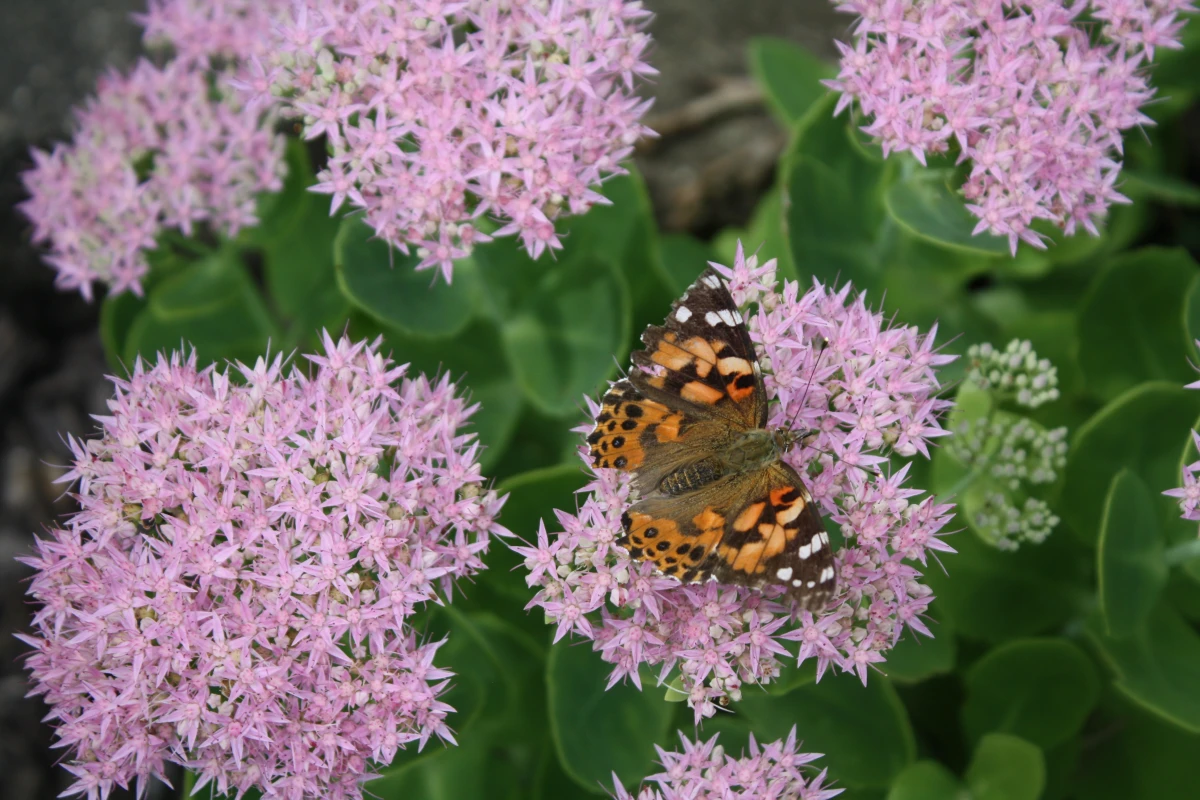
Putting It All Together: A Simple Plan
Okay, so you’ve got the plants. Now what? Here are a couple of dead-simple ideas to get you started.
- The Perfect Pollinator Pot: Don’t have a yard? No problem. Grab a large container (at least 18-24 inches wide) and create a mini-buffet. Use a dwarf aster like ‘Purple Dome’ as your “thriller” (the tall centerpiece), a clump of stonecrop as your “filler” (to fill out the middle), and maybe a few trailing pansies as a “spiller” to cascade over the edge. Instant fall beauty!
- The 3×5′ Beginner Bed: Find a small, sunny 3×5 foot patch of ground. In the back (the 3-foot side), plant one ‘Little Joe’ Pye Weed. In the middle, arrange a drift of three ‘Purple Dome’ asters, spaced about 18 inches apart. Along the front, plant a row of the low-growing ‘Golden Fleece’ goldenrod. Done. You’ve just created a powerful, multi-level feeding station.
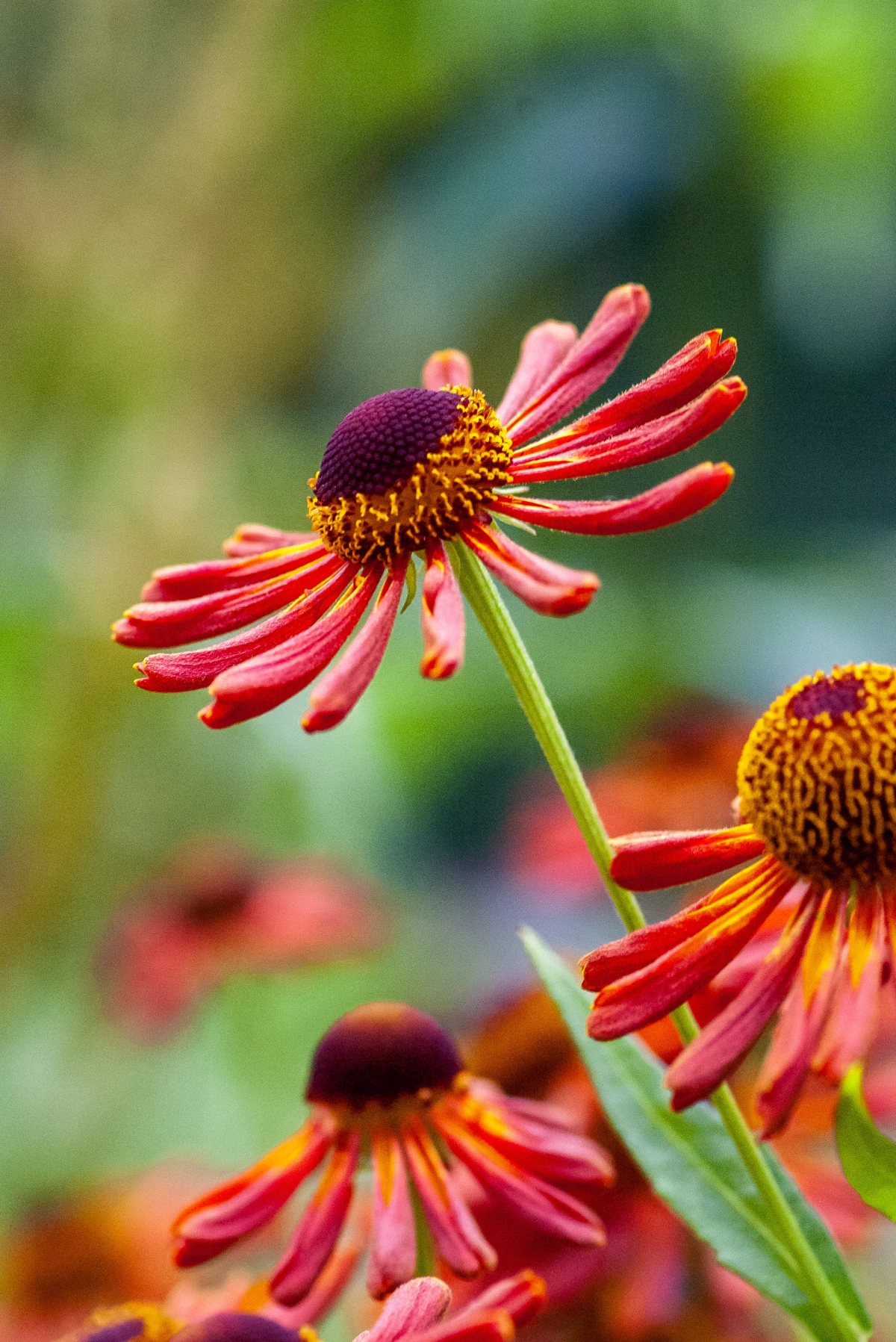
Quick Tips and Common Goofs to Avoid
Before you start digging, keep these things in mind. They can be the difference between success and frustration.
Quick Win: Feeling overwhelmed? Just go to a garden center (even a big-box one like Lowe’s or Home Depot) and buy one pot of asters for your front step. Seriously. For about $15, you can put it out and just watch. You’ll be amazed at who shows up. It’s an instant success story.
Top 3 Fall Garden Mistakes:
- Tidying Up Too Soon: This is a big one. After your plants are done blooming, resist the urge to cut everything back! Those hollow stems from asters and Joe Pye Weed are crucial nesting sites for tiny native bees. Leave the stalks standing all winter and cut them back in late spring, leaving about 12 inches of stubble for any emerging bees.
- Planting Too Late: Try to get your fall plants in the ground at least 4-6 weeks before the ground freezes. They need time to establish their roots before winter sets in.
- Forgetting to Water: Just because it’s cooler doesn’t mean new plants don’t need water. Check on them every few days, especially if you haven’t had rain, to make sure the soil isn’t bone dry.
For finding the absolute best native plants for your specific area, a quick search for the Xerces Society or the National Wildlife Federation’s native plant finders online will give you a fantastic, customized list. It’s a great starting point. Happy planting!
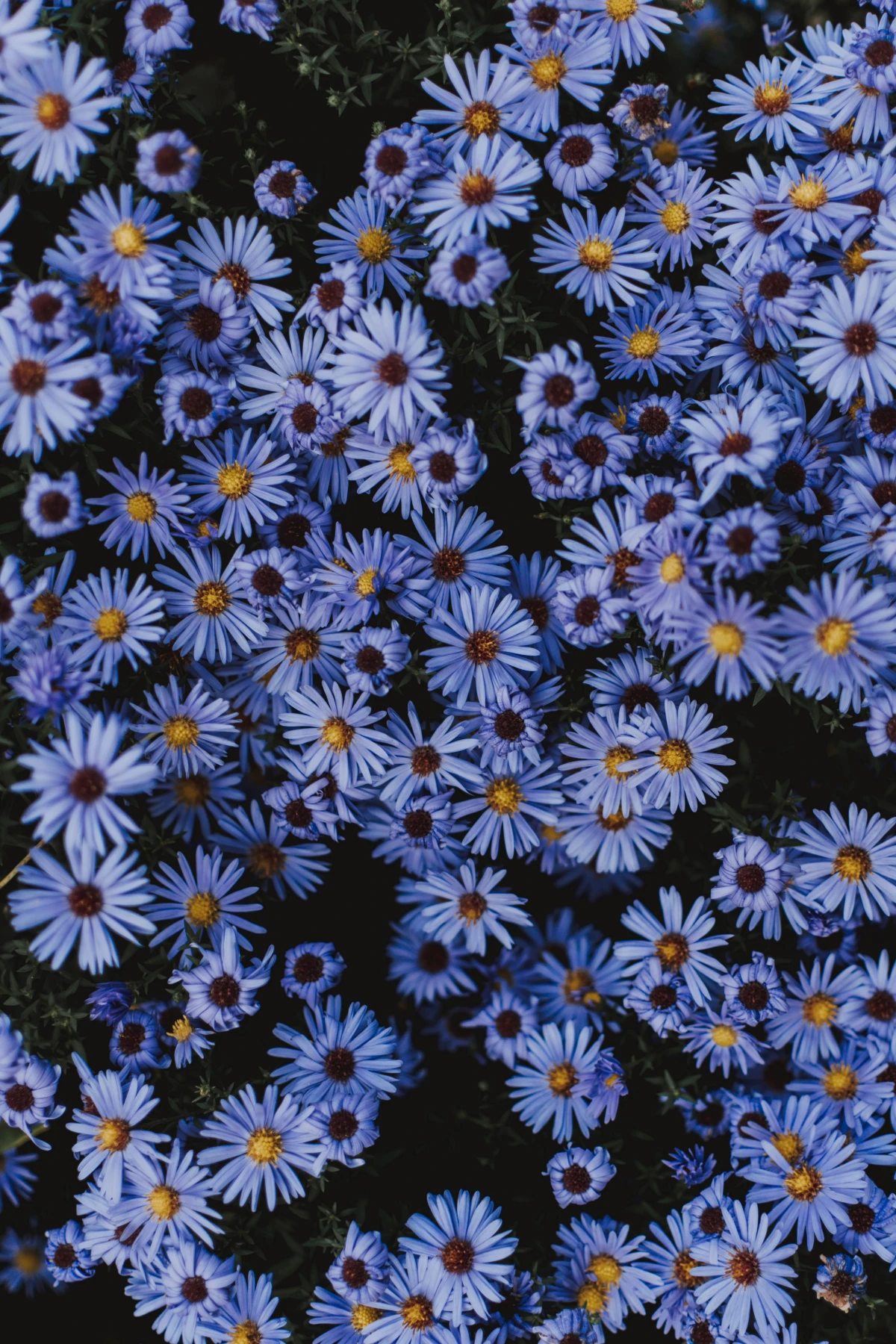
Galerie d’inspiration

A case for creative untidiness: That urge to snip and deadhead every spent bloom in September? Resist it! While it’s fine to tidy up, leaving the seed heads on plants like Purple Coneflower (Echinacea) and Black-Eyed Susan (Rudbeckia) creates a natural bird feeder. Goldfinches, chickadees, and juncos will cling to the dried stalks all winter, feasting on the seeds. These standing stems also offer crucial overwintering habitat for tiny native bees and beneficial insects. A little mess in the fall means a lot more life come spring.










